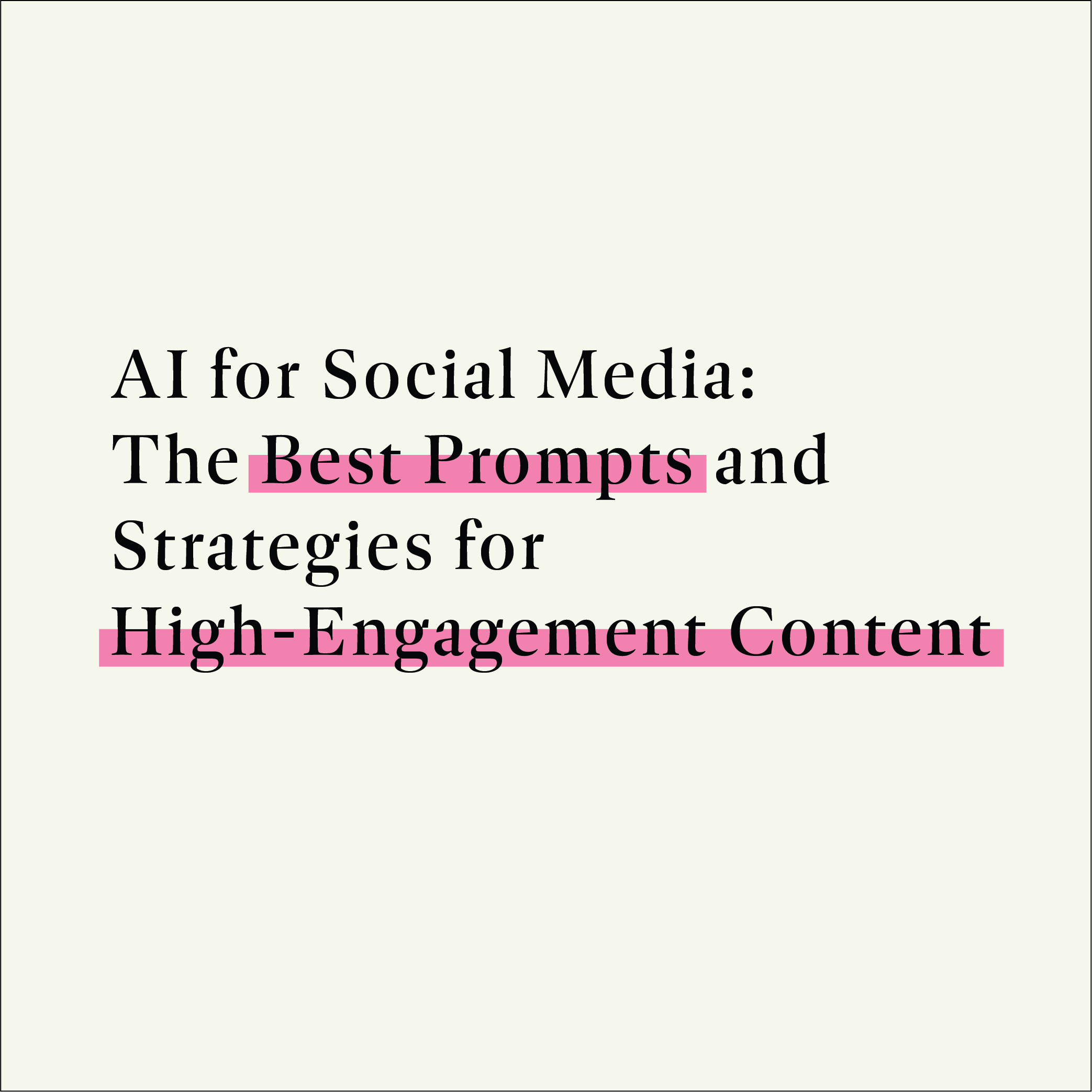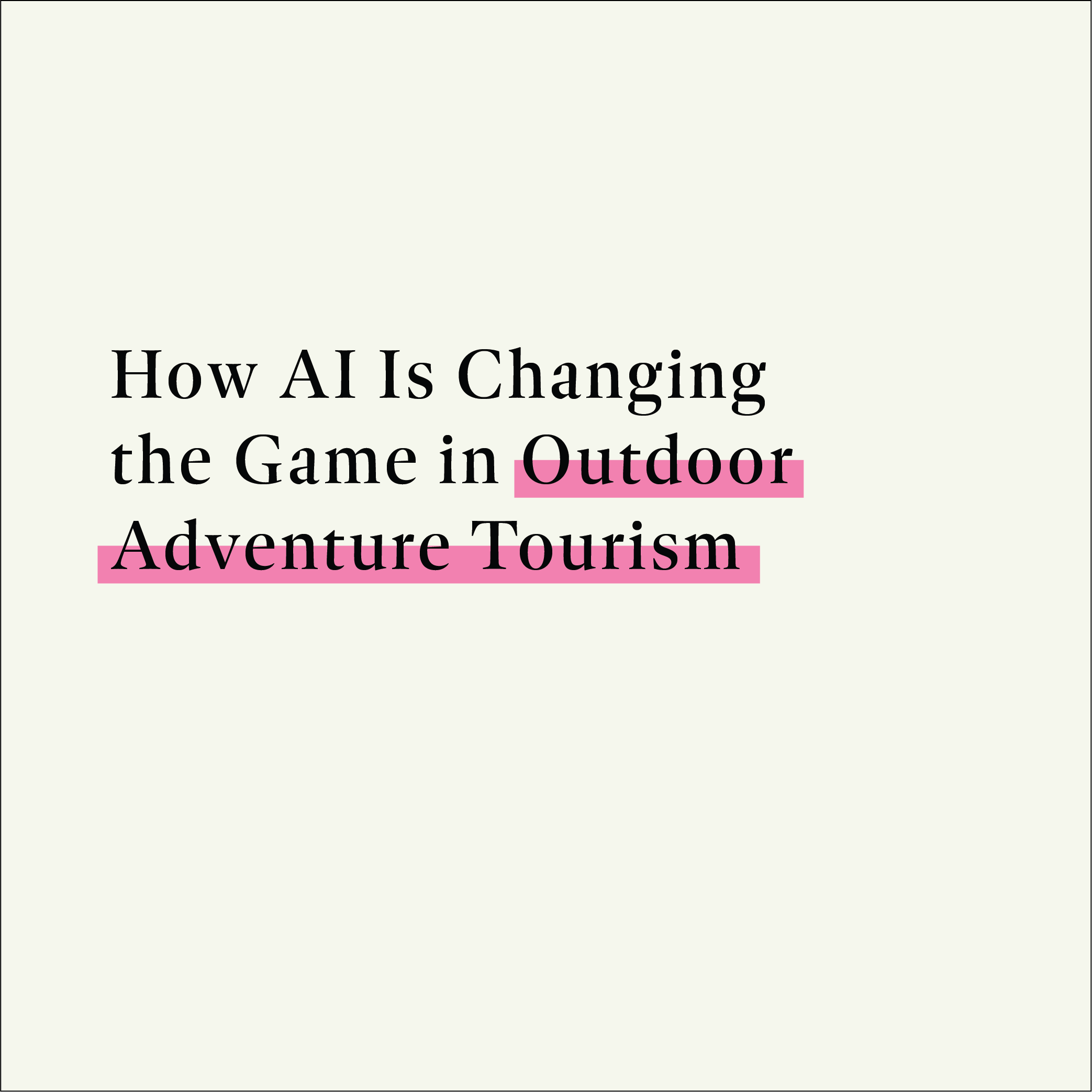Why Social Media is addictive
A recent study by Courtney Seiter dives into the science of why people post, share, and build relationships on social media.
The likes, comments and posts we share on social media can often seem inconsequential, but they matter. They tap into some of the very elements that make us human, our addictions, desires, anxieties and joys.
What if we could understand the psychology of social media and use that knowledge to bring customers closer, give them more of what they want, and create better relationships?
The pull of social media addiction isn’t all in our heads. It’s quite real, thanks to two chemicals our brains produce: dopamine and oxytocin. Scientists used to think dopamine was a pleasure chemical in the brain, but now we know what it actually creates is want. Dopamine causes us to seek, desire, and search.
Dopamine is stimulated by unpredictability, by small bits of information, and by reward cues—pretty much the exact conditions of social media. The pull of dopamine is so strong that studies have shown tweeting is harder for people to resist than cigarettes and alcohol. Then there’s oxytocin, sometimes referred to as “the cuddle chemical” because it’s released when you kiss or hug. Or … tweet. In 10 minutes of social media time, oxytocin levels can rise as much as 13% —a hormonal spike equivalent to some people on their wedding day. And all the goodwill that comes with oxytocin—lowered stress levels, feelings of love, trust, empathy, generosity—comes with social media, too.
As a result, social media users have shown to be more trusting than the average Internet user. The typical Facebook user is 43% more likely than other Internet users to feel that most people can be trusted. So between dopamine and oxytocin, social networking not only comes with a lot of great feelings, it’s also really hard to stop wanting more of it.










Leave a comment: